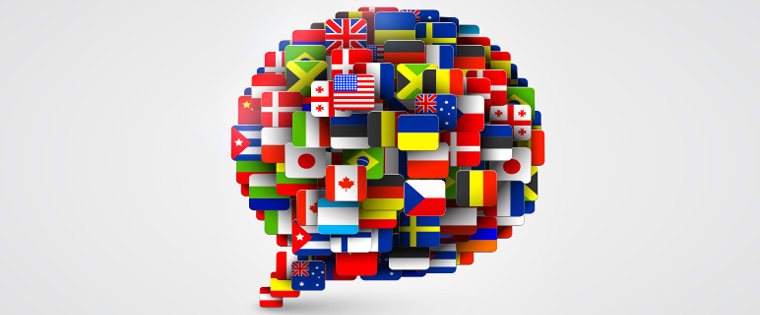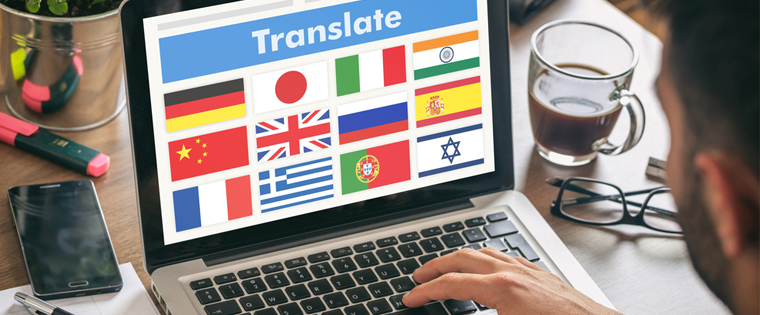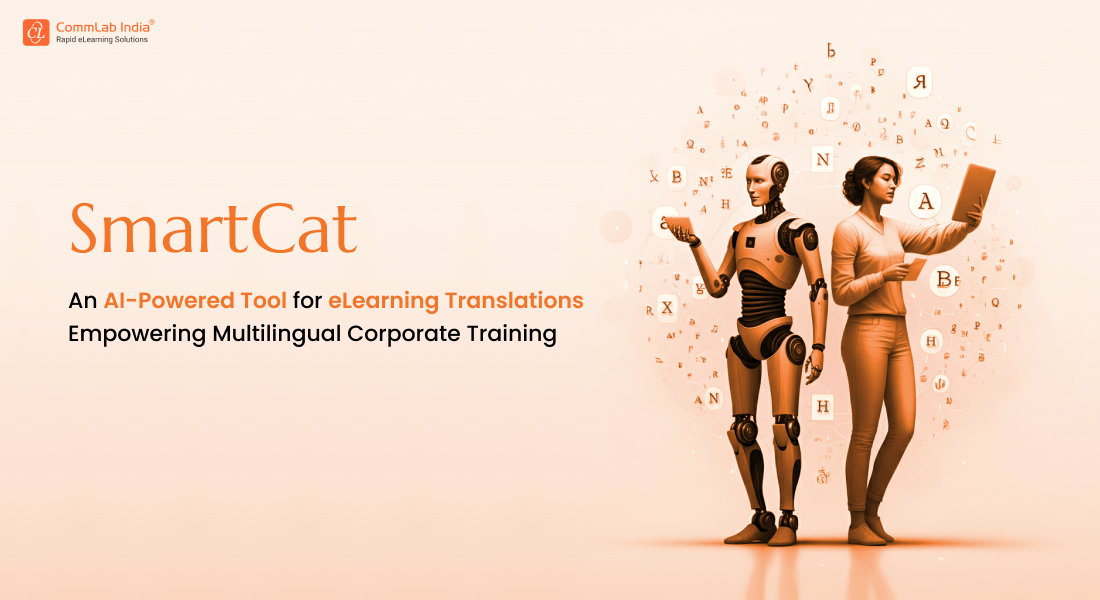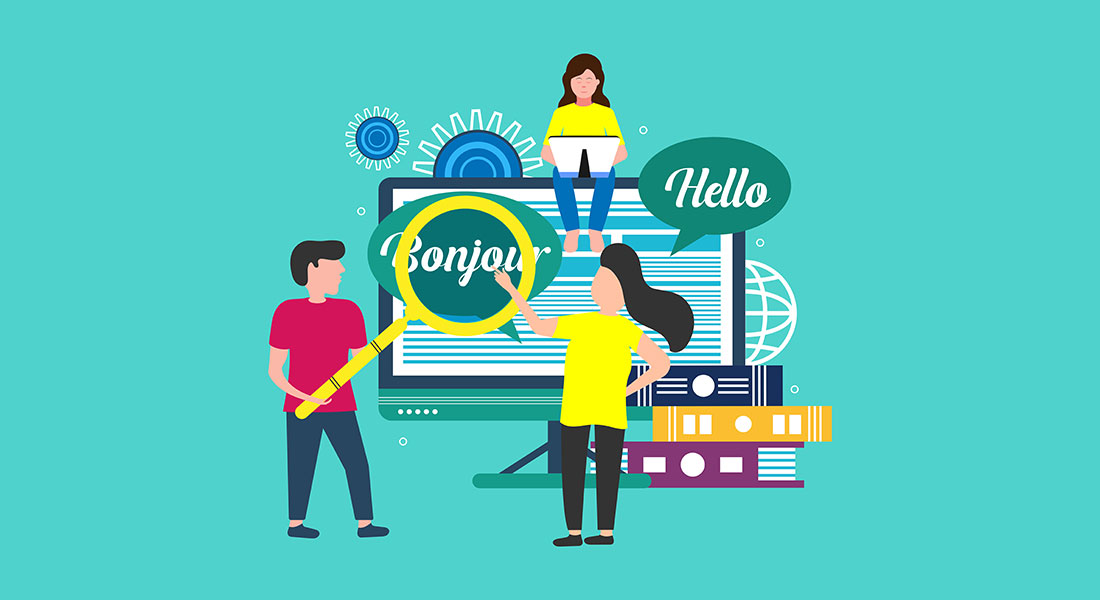Do Your Translated Courses Meet International Standards?

A competitive, multicultural, and globally dispersed workforce must receive training that is commensurate with its high-profile status. Today, several companies boast of a global presence, driving the need to create training that meets global standards. Training that meets global standards or international standards must be of high quality, speak to a global audience, meet training requirements, and most importantly, better employee performance – after all, the proof of the pudding is in the eating; and employee performance is directly proportionate to the training received.
→ Download eBook- eLearning Trends
Translation of courses is a must to reach a global audience, with uniform training. In other words, training must be conducted in the native languages of employees, situated around the world. The question that comes to mind now is, how do you translate a course to such perfection, that it’s hard to imagine that its original form exists in a different language?
How about Mechanical Translations?
Well, there are mechanical translations like Google Translate that do an ‘alright’ job when one is trying to pass off as a novice polyglot; but it doesn’t meet the translation standards of hardcore corporate training.
What about Translation Memory Tools?
Translation memory tools, on the other hand, ensure consistent translations – especially with regards to the translation of difficult terminology. The translation process is speeded up because once a translator translates a term, the translation memory tool stores this information and recalls it when the term is used subsequently. Unfortunately, translation memory tools alone cannot do the job.
Are Human Translators the Best Then?
Yes. A reliable translator is one who is a proficient native speaker of the language the training is to be translated into, as well as well-versed in the language of the original training. That is not to say that non-native speakers do not make good international translators; however, they are the exceptions to the rule, rather than the rule itself.
Very rarely do human translators work alone. Most often, they have access to sophisticated translation tools, to ensure the accuracy and consistency of international translations. Some of these tools are:
- Translation memories
- Dictionaries (in a digital format)
- A digitized list of terminologies
As well as being a native speaker of the language, the translator must also be a subject matter expert (SME) on the topic that is to be translated, to guarantee:
- Better understanding of the subject
- Accurate translations
- Quicker turnaround time

eLearning Trends for 2024
Seal the Deal with Success
- Training Formats for Upskilling and Reskilling
- Popular AI Tools for L&D
- Mastering the New-Age Learning Formats
- And More!
Is There Any Other Way to Ensure International Standards Are Met?
There is another way to guarantee that translations meet international standards, and that’s through ‘internationalization’. Unlike human translators who focus on translating one language to another and then making elaborate changes to localize that content, Internationalization integrates international features into its very core.
Internationalization is incorporated at the design and development stages. It works on the user interface at the coding level – meaning that all preferences are taken care of in the source course, to ease translation. These preferences for which it is programmed include:
- Numbers, dates, and time formats
- Currency
- Keyboard usage
- Sorting
- Symbols
- Colors
- Icons
- Languages
- Preference for handling names and addresses
- Cultural preferences
The dual advantage of internationalization is that firstly, courses can be used to train an international, English-speaking audience, even if the content is not localized; and secondly, if the content must be localized, the migration will be seamless.
Would it be Possible to Know if Translations Meet International Standards?
The quality of a course is judged by its effect on its international learners. One way of finding out if it’s a success is by tracking and analyzing learners’ usage of the course – how long they spend on the translated course, and if they could complete the assessments and tasks assigned through the course; or one could use a proactive method of getting this information by asking the international audience to take a quick survey, or fill up a feedback form. The survey/feedback form could include questions concerning their thoughts on the course, its effectiveness, language, and comprehension.
The bottom line is this: There are quite a few ways to go about translating courses that are fit for a global audience; and some are better than the others. Which is the best method? – ‘Best’ is a relative term and will vary from one organization’s opinion to the next. However, if you are under the false notion that the method you choose will solely depend on the type of training and/or the number of resources you have for the job, you are mistaken. It’s your learners who will define the future of your translated course – after all, like I mentioned earlier, the proof of the pudding, is in the eating.





